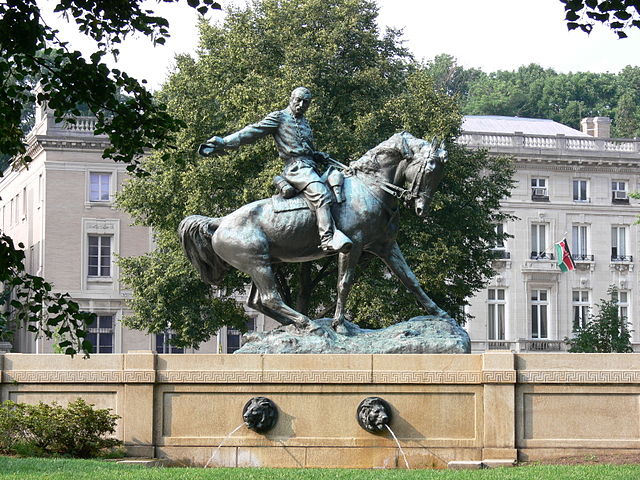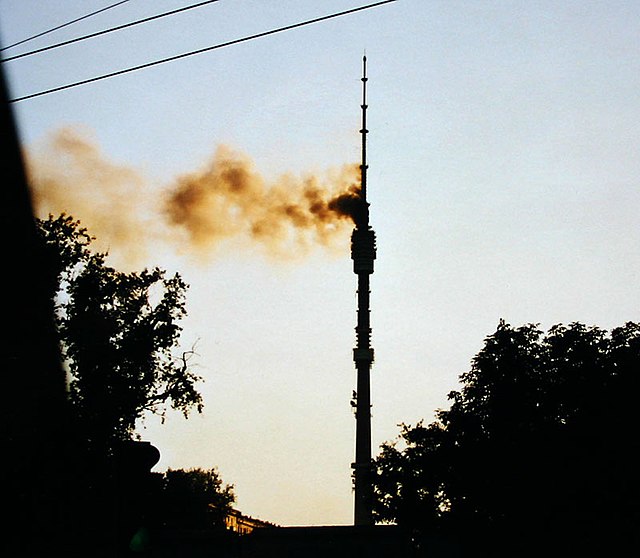The Great Chicago Fire was a conflagration that burned in the American city of Chicago during October 8–10, 1871. The fire killed approximately 300 people, destroyed roughly 3.3 square miles (9 km2) of the city including over 17,000 structures, and left more than 100,000 residents homeless. The fire began in a neighborhood southwest of the city center. A long period of hot, dry, windy conditions, and the wooden construction prevalent in the city, led to the conflagration. The fire leapt the south branch of the Chicago River and destroyed much of central Chicago and then leapt the main stem of the river, consuming the Near North Side.
An artist's rendering of the fire, by Currier and Ives. The view faces northeast across the Randolph Street Bridge
1871 Chicago view before the 'Great Conflagration'
Aftermath of the fire, corner of Dearborn and Monroe Streets, 1871
General Philip H. Sheridan, who saved Chicago three times: the Great Fire in October 1871, when he used explosives to stop the spread; again after the Great Fire, protecting the city; and lastly in 1877 during the "communist riots", riding in from 1,000 mi (1,600 km) away to restore order.
A conflagration is a large fire. Conflagrations often damage human life, animal life, health, and/or property. A conflagration can begin accidentally or be intentionally created (arson). A very large fire can produce a firestorm, in which the central column of rising heated air induces strong inward winds, which supply oxygen to the fire. Conflagrations can cause casualties including deaths or injuries from burns, trauma due to collapse of structures and attempts to escape, and smoke inhalation.
The August Complex fire in 2020, the largest fire in California's history
Burned trees in front the Montagna di Vernà, Peloritani mountains, Sicily
Ostankino Tower fire
A fire in New Orleans after Hurricane Katrina








